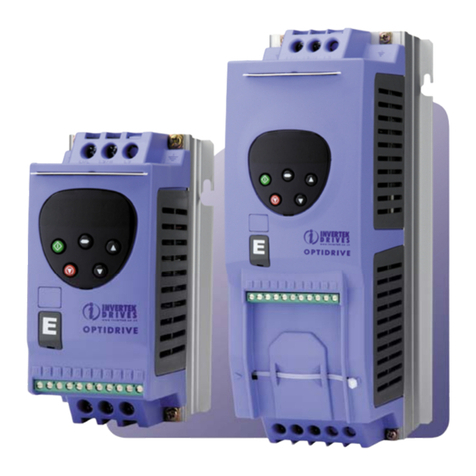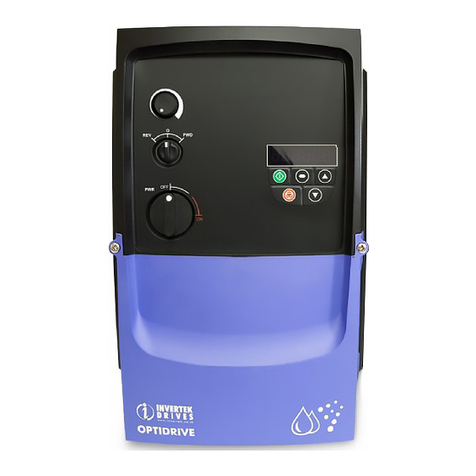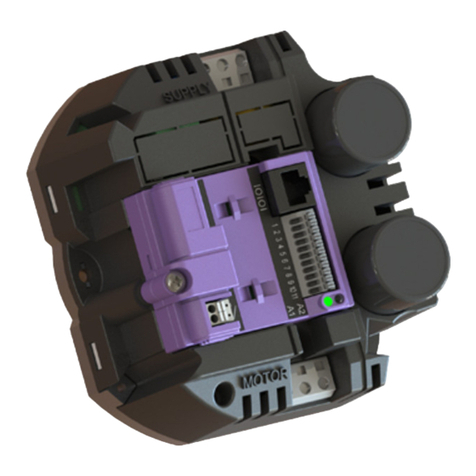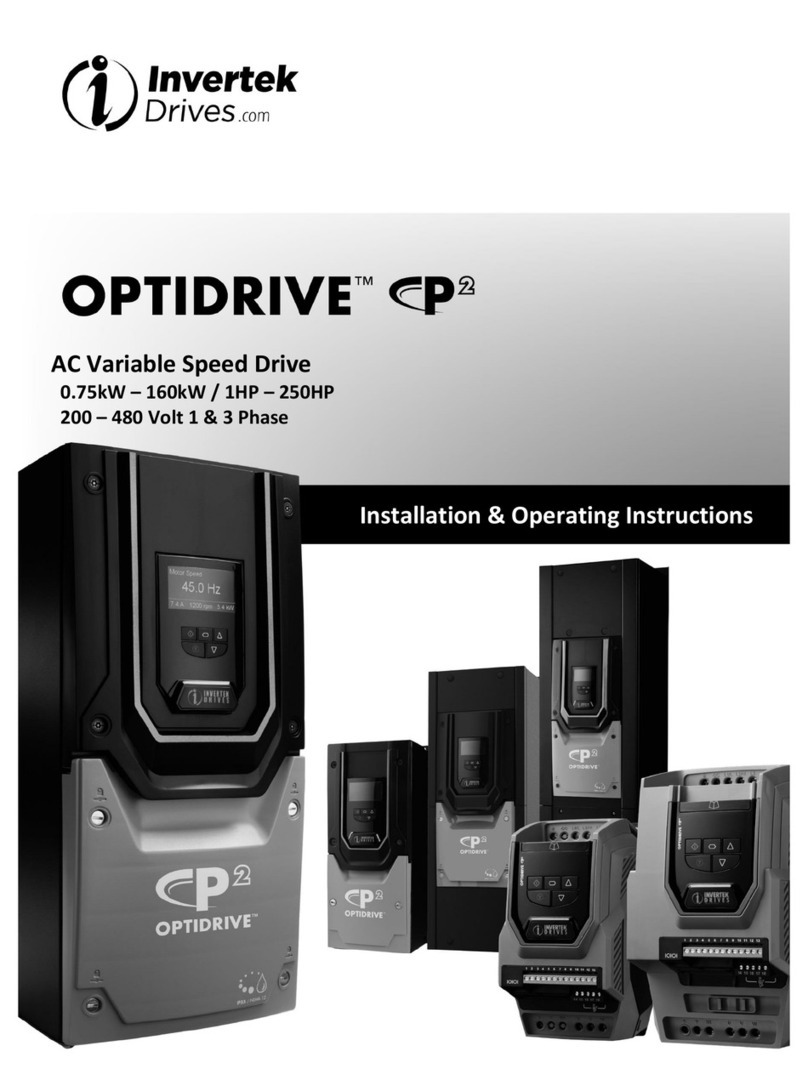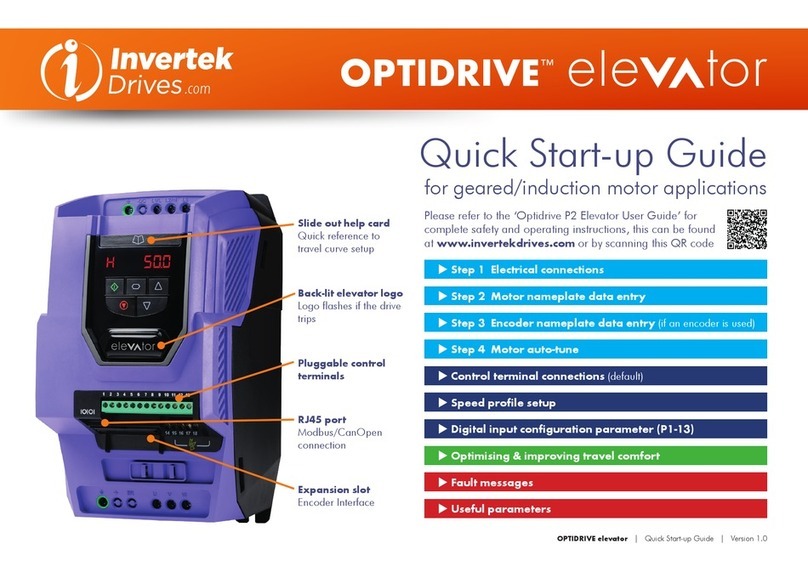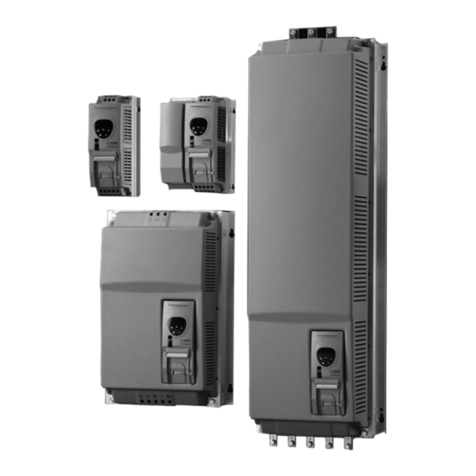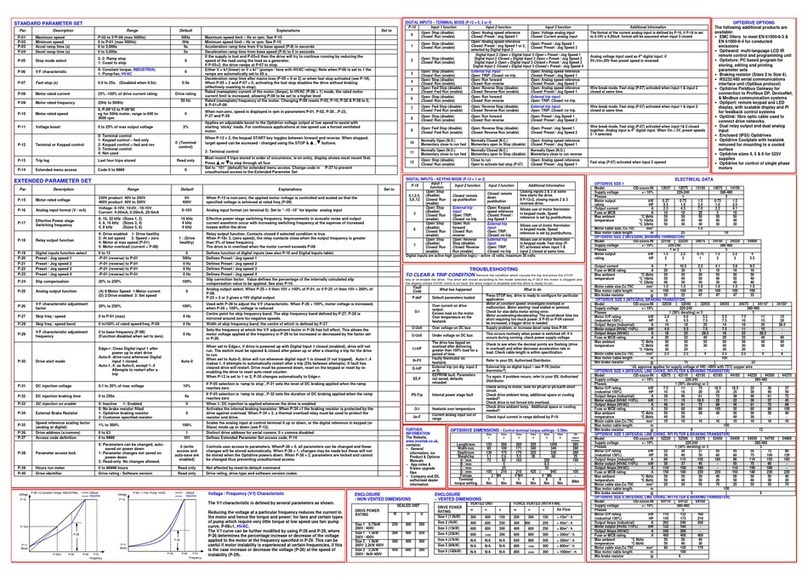CONTENTS
Specifications..................................................................................................................................I
Chapter 1 SunStar Description.................................................................................................1-1
1.1 Versions and Ratings.......................................................................................1-1
1.2 Operating Modes..............................................................................................1-2
1.3 Adjustability.....................................................................................................1-2
1.4 General Use.......................................................................................................1-3
1.5 Optonal Available ............................................................................................1-4
Chapter 2 SunStar Installation.................................................................................................2-1
2.1 General Information........................................................................................2-1
2.2 Installation Overview.......................................................................................2-1
2.3 Control Terminal Connection.........................................................................2-2
2.4 Installation Steps..............................................................................................2-4
2.4.1 Mounting ................................................................................................2-5
2.4.2 Solar Battery Charging DIP Switch Settings.......................................2-5
2.4.3 Load Control DIP Switch Setting..........................................................2-8
2.4.4 Diversion Charge Control DIP Switch Settings...................................2-11
2.4.5 Battery Temperature Sensor (BTS)......................................................2-11
2.4.6 System Wiring and Power-Up...............................................................2-11
2.4.7 Finish Installation...................................................................................2-13
2.5 Communication with CombiPlus/SuperCombi.............................................2-14
Chapter 3 Front Cover of SunStar Operation........................................................................3-1
3.1 LED Status Indicator.......................................................................................3-2
3.2 Charge Control or Diversion Control Mode Indicatons..............................3-2
3.3 Load Control Indications................................................................................3-2
3.4 Equalization Mode Indication ........................................................................3-3
3.5 Fault Mode Indication.....................................................................................3-3
3.6 LCD Meter Displays........................................................................................3-4
3.6.1 LCD Displays Flow.................................................................................3-5
3.6.2 Fault Messages ........................................................................................3-6
Chapter 4 Solar Battery Charging...........................................................................................4-1
4.1 PWM Battery Charging..................................................................................4-1
4.1.1 Four Stages of Solar Charging...............................................................4-1
4.1.2 Battery Charging Notes..........................................................................4-1
4.2 Standard Battery Charging Programs...........................................................4-2
4.3 Temperature Effects........................................................................................4-3
4.3.1 Battery Temperature Sensor (BTS)......................................................4-3
4.4 Equalization......................................................................................................4-4
4.4.1 Standard Equalization Programs..........................................................4-5
4.4.2 Typical Equalization...............................................................................4-6
4.4.3 When to Equalize....................................................................................4-6
